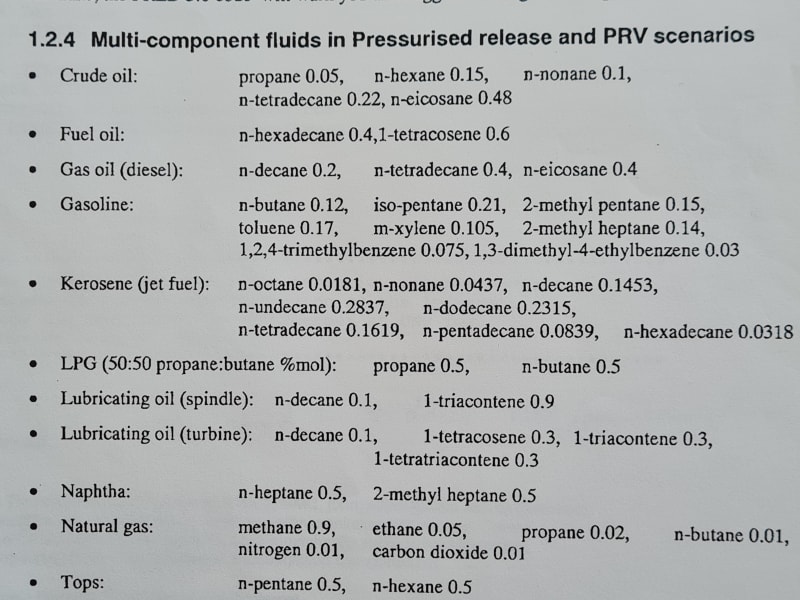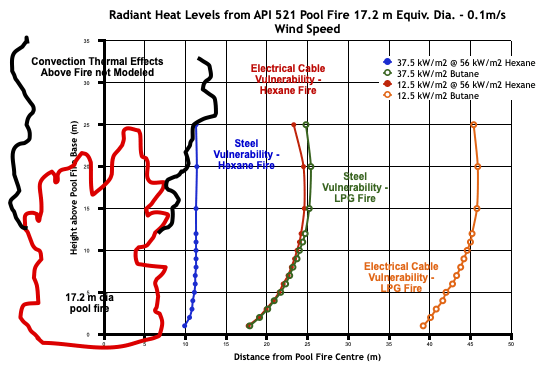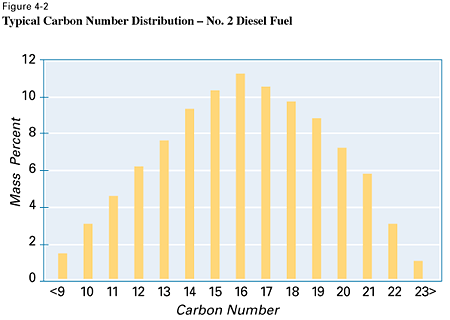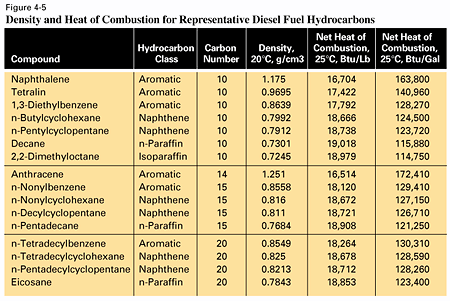Hello All !
Can someone show me the best way to simulate consequence effects (JET FIRE/POOL FIRE...) with DNV PHAST in the case of a fluid which is a non-stabilised crude oil categorized as ''black oil'' downstream of wellhead and flowing through flowlines, manifolds, trunklines and so on...
The Use of DNV-phast MC (multicomponent) is limited to a mixture of a maximum of 18 pure components. Our mixture (non-stabilised crude black oil) contains more than 40 pure components.
Your cooperation is very much appreciated.
Thank you
Can someone show me the best way to simulate consequence effects (JET FIRE/POOL FIRE...) with DNV PHAST in the case of a fluid which is a non-stabilised crude oil categorized as ''black oil'' downstream of wellhead and flowing through flowlines, manifolds, trunklines and so on...
The Use of DNV-phast MC (multicomponent) is limited to a mixture of a maximum of 18 pure components. Our mixture (non-stabilised crude black oil) contains more than 40 pure components.
Your cooperation is very much appreciated.
Thank you




